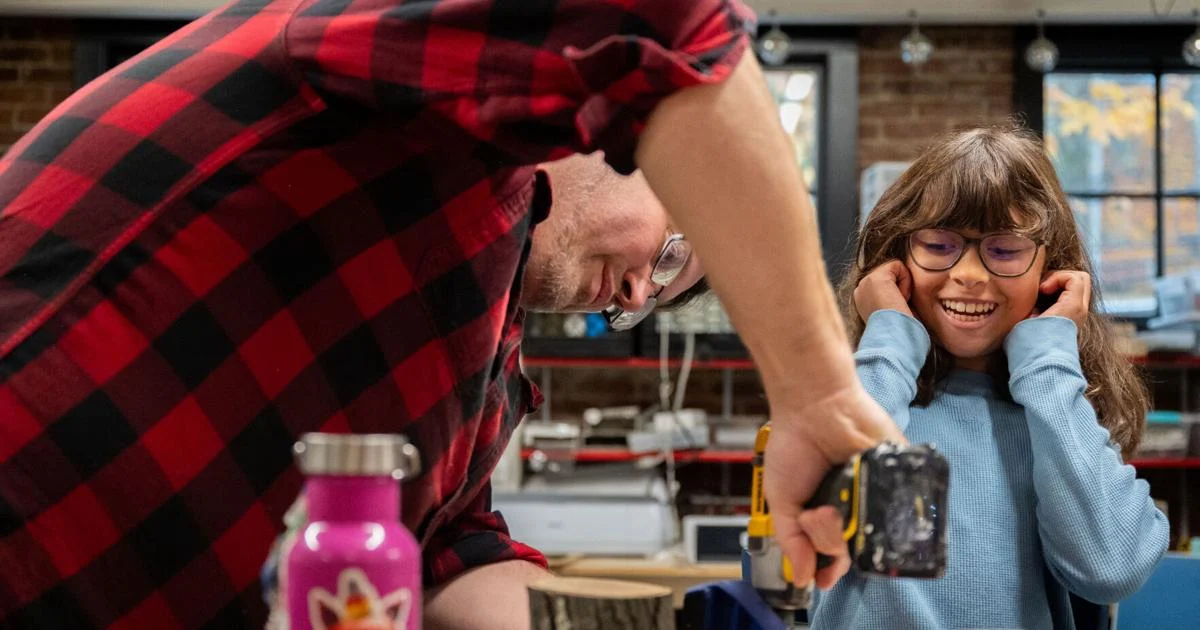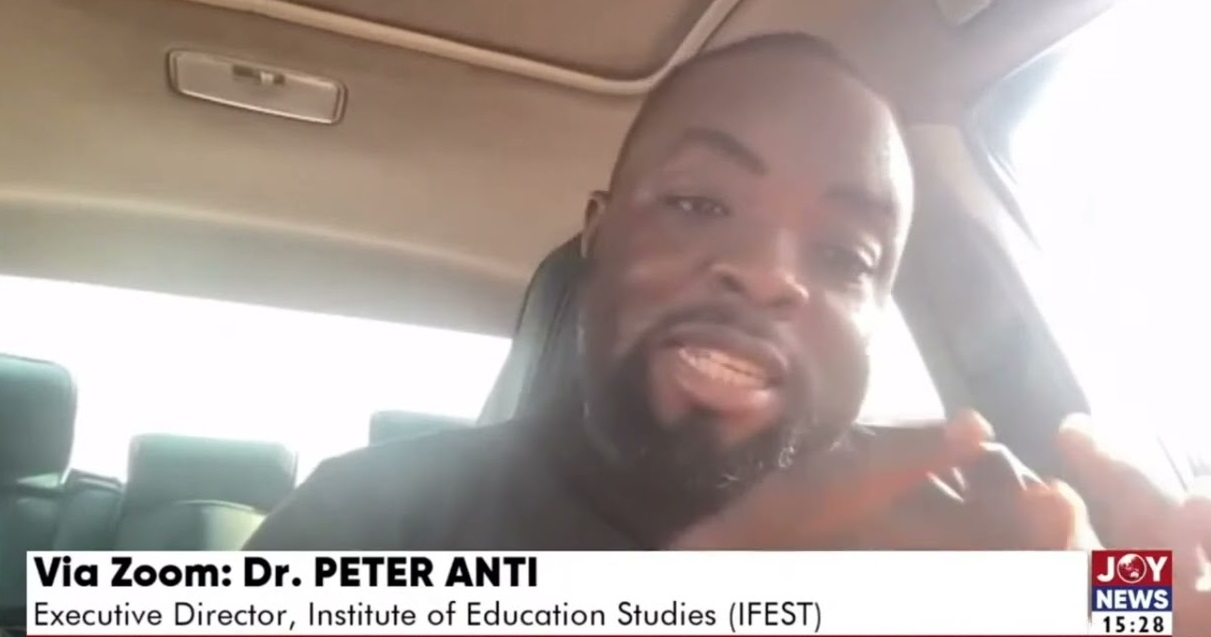Copyright keenesentinel

PETERBOROUGH — Six children participated in a Junior Creatives class Monday at the MAXT Makerspace. A collaboration between MAXT and the Harris Center for Conservation Education in Hancock, the class featured a lesson on bees for the fifth- through eighth-graders as well an activity making bee hotels. Like a birdhouse for bees, drilled holes in the wooden structures provide hibernation spaces for the insects. MAXT Makerspace Program Manager David Broughton co-led the class with Nikko Gagnon, a teacher-naturalist with the Harris Center. While the Harris Center leads numerous programs and collaborates with local schools to educate children, Gagnon said it is exciting to be with the kids in the Makerspace where they can engage in hands-on construction. “Not only are they learning about wildlife, but now they’re doing something tangible to help wildlife,” Gagnon said. “We do a lot of teaching, but the hands-on piece — to be able to make something like this bee hotel — now they can take what they’re learning and put it into action to help any of the organisms in our environment.” Broughton said the goal is to have students make projects that “make it a little bit easier for our wildlife to survive the winter and make it through the world, which is full of humans now.” He said MAXT gives kids hands-on skills they may not be able to get elsewhere. “They can come here and do something a little bit different than a lot of other youth programs that are available,” Broughton said. “They can come and actually build something tangible, play with tools, do things that maybe seem a little outside of the normal kid experience — they get to play with some power tools, which normally kids don’t get to — and leave with something that they feel proud of that they made.” To start the session, Gagnon had children share their names and their favorite flowers. Then she gave a brief presentation explaining some different families of bees: bumblebees, carpenter bees, sweat bees and honeybees. Gagnon also showed examples of pinned insects and allowed kids to share their knowledge about the pollinators. While she knew the participants were “pretty excited to get their hands on power tools,” she said they still seemed interested in learning about the environmental aspect of the class. “The reason that we’re doing the bee hotels is because a lot of our native bees are solitary, and they like to overwinter in small cavities. They like to overwinter in leaf litter,” Gagnon said. “So building something like a bee hotel is really helpful for them when there’s not any of that around for them.” Broughton said students will construct more kit-based creations during this Junior Creatives season than in the past, but participants will still have opportunities to express themselves creatively with decorations and personalization on their various projects. With the bee hotels, Broughton said the pieces were all pre-cut to make the assembly easier for the children, “and we don’t want students working on the chop saw in the shop, especially when there’s a lot of them.” He said participants used a tape measure and pencil to pre-measure and a drill to pre-drill holes in their wood. They then used power tools such as impact drivers to screw the components together. The middle-schoolers then used drills with various drill bit sizes to make holes in the wood block to make spaces for bees to live in. The kids added a premade laser-cut sign for the finishing touch on their environmentally conscious creations. The signs featured phrases such as “Rest In This Nest,” “Buzz On In,” “Motel 6 (Legs)” and “Bees Welcome.” “We want them to be as focused and take as much ownership of projects as much as possible,” Broughton said. Although children frequently learn to respect nature and not disturb the environment, Gagnon said people can often do a lot of good when they adopt a more hands-on approach. She said she wants kids to learn they can be environmental stewards. “Sometimes it seems like the best thing we’ve been told we can do is to just leave it alone, and that’s not necessarily true,” Gagnon said. By the end of the program, Gagnon said she would like to see participants form friendships, keep the environment in mind and let their creativity flourish. One workshop attendee, 12-year-old Oscar Dunn, said he was glad to learn how to build an environmentally friendly bee hotel because it could help keep some species of bees alive. “I’m really proud of myself, and I’d be really happy if any bees find a nice home in it,” Oscar said of his creation. For Broughton, he said he hopes kids leave with more confidence in their abilities to make things by hand. He said he wants children to learn principles of measuring and marking and leave with an appreciation for how to use tools safely. “And just knowing that everything in this world is made by somebody,” Broughton said. “It can be them.” The Junior Creatives will continue to meet on three Mondays in November and the first two Mondays of December. Next week students will make a bluebird house. Time allowing, Broughton said the class also plans to construct a butterfly habitat, a bird feeder and a bat box. The Kestrels Young Birders Club through the Harris Center, in collaboration with the Makerspace, will also hold a free Bluebird Box Building workshop for students in grades 5 through 12 this Saturday from 10 a.m. to noon at MAXT. The Makerspace will also host its free monthly Art Jam! on Nov. 7 from 6-8 p.m. with local artist Hannah Banana.



